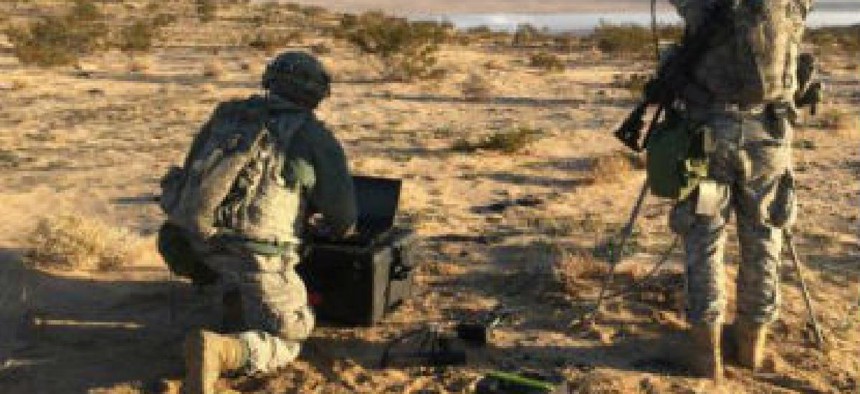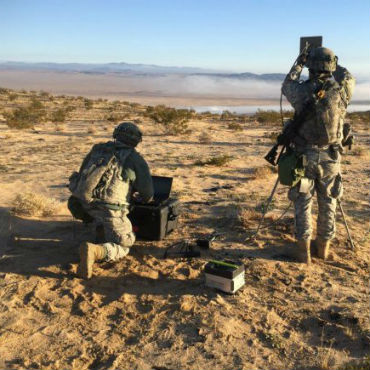Army CyberCom looks to boost training

The new head of the Army Cyber Command says the command has made significant progress in recent years, but needs to focus on identifying and recruiting new talent and making training programs more realistic for cyber forces.

Army Cyber Command got a lot done in 2016, according to its new leader, and it needs to continue to focus on recruiting and training cyber forces in fiscal year 2017.
Lt. Gen. Paul Nakasone, who took over ARCYBER three weeks ago, told reporters at the AUSA's Army Cyber Hot Topic event that he has several training goals for Army cyber forces going forward.
ARCYBER has completed building its 41 teams of cyber mission forces required by U.S. Cyber Command, and over the next year they will focus on team training and readiness. Those teams will be supplemented by an additional 21 teams made up of National Guard and Reserve troops; one of those teams has been assembled already.
"We need to start moving the units from being units on paper to manning the units to training the units to start to employ them," said Nakasone. "This is a space where you get better operating in the domain -- the sooner we can get our teams operating defending our networks, working defensive missions, the better they become."
The Army has been tasked with standing up a cyber persistent training environment, and Nakasone said that the Army is interested in building a closed network with a transport layer to pair teams training in different locations. He said ARCYBER needs to build up a team of assessors and scenario developers and who can create dynamic threats for teams to train against.
Nakasone said he'd like to see the systems in place for teams, whether they are offensive or defensive cyber teams, to run mission-based scenarios on a daily basis rather than the episodic exercises that have taken place to date.
"Let's say you're defending a part of the DOD information network, the Army portion of it," he said of the training scenario. "In this persistent cyber training environment what we envision is the fact that we could replicate that network, we could put malware within network, [and] we could have an adversary who could be within that network." Then, the cyber team would have to find and neutralize the adversary.
"I want to be able to have a rheostat on the [opposition force], because teams are in different stages of their readiness," he said. "What I would like to be able to do is to increase the skill of the adversary that they are going against based upon the skills that they have."
Nakasone said that the next step was to push into team training. "So that's where we see collective training going, it's much different than I think the beginning of the build of our forces which was very focused on individual training," he said.
Over the next year, Nakasone said that other forms of training will continue to grow. The Army Cyber Center of Excellence at Fort Gordon in Georgia graduated its first class of 21 lieutenants from its basic officer leaders course last year. Next year the center will put 300 troops through advanced individual training.
Another part of the equation is finding more cyber force candidates, and Nakasone said he'd like to see more effort to find those candidates internally.
"They could well be in field artillery units, they could be in infantry units, they could be in armor units -- these are very, very talented people that perhaps right now are not necessarily working cyber on their day to day business but would like to," he said. "So one of the things that we're looking very hard on is how do we develop a campaign within the army, perhaps akin to [what] special forces have done to attract people that have these unique skill sets."
As part of the effort to recruit more cyber warriors from outside the Army, ARCYBER has released a commercial that has embedded code and clues that lead to a website. That site has control panels designed to entice people to a final site with a cypher.
Nakasone said that the 30-second commercial has been viewed more than 75,000 times on social media and 11,000 individuals have tried to solve the cypher.
The 71 who successfully solved it were presented a message congratulating them and asking them to consider becoming a cyber warrior.





